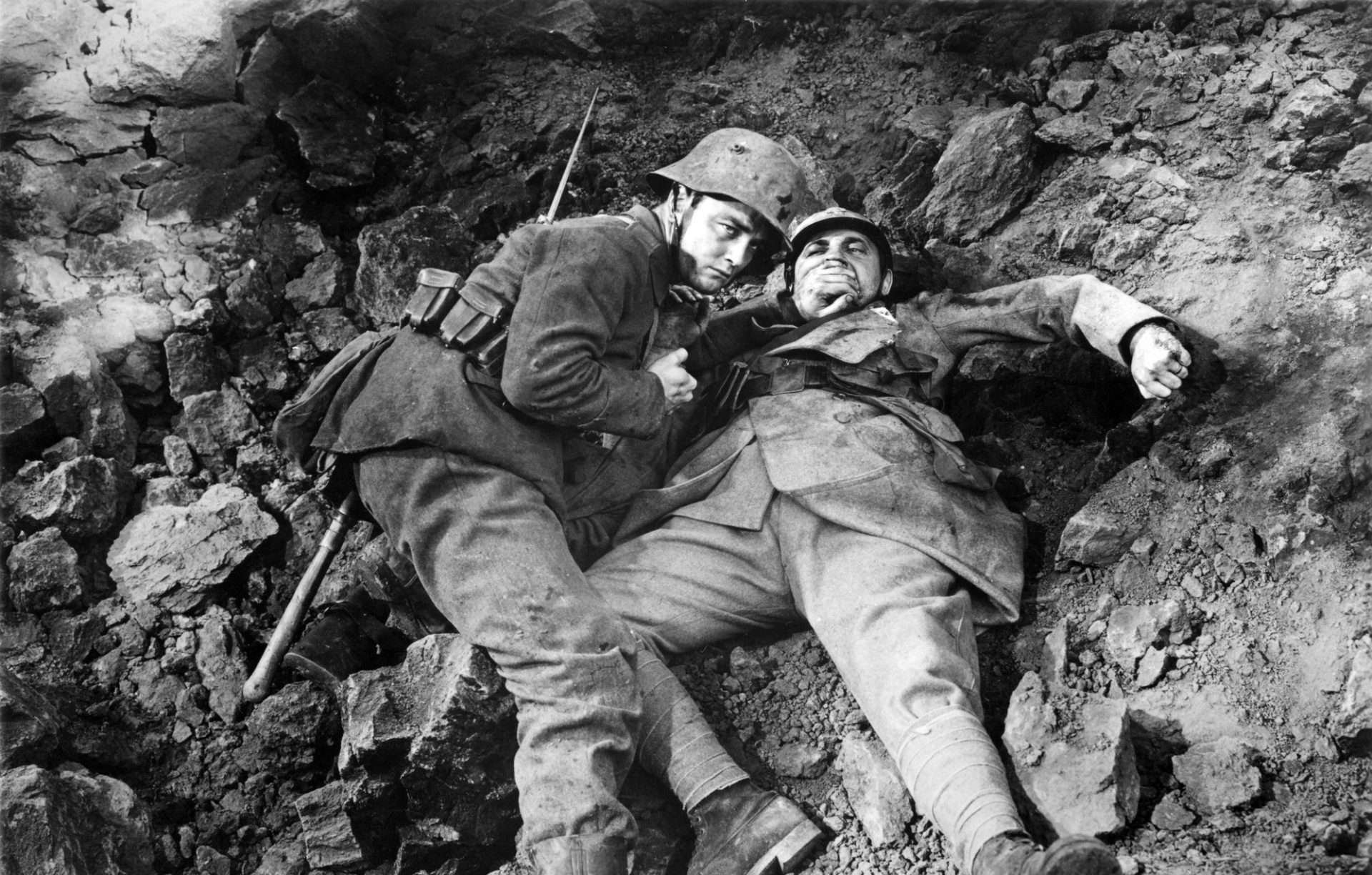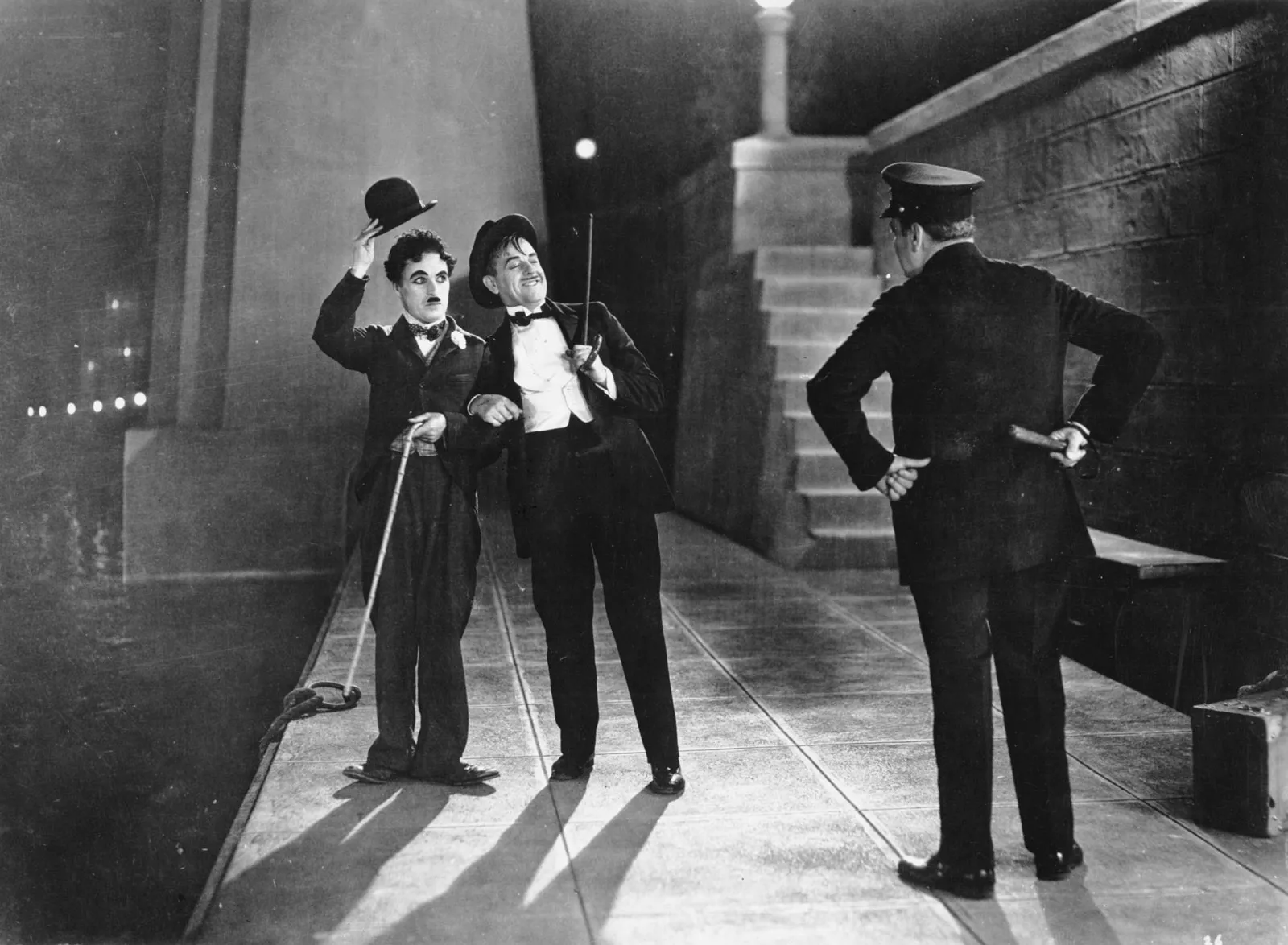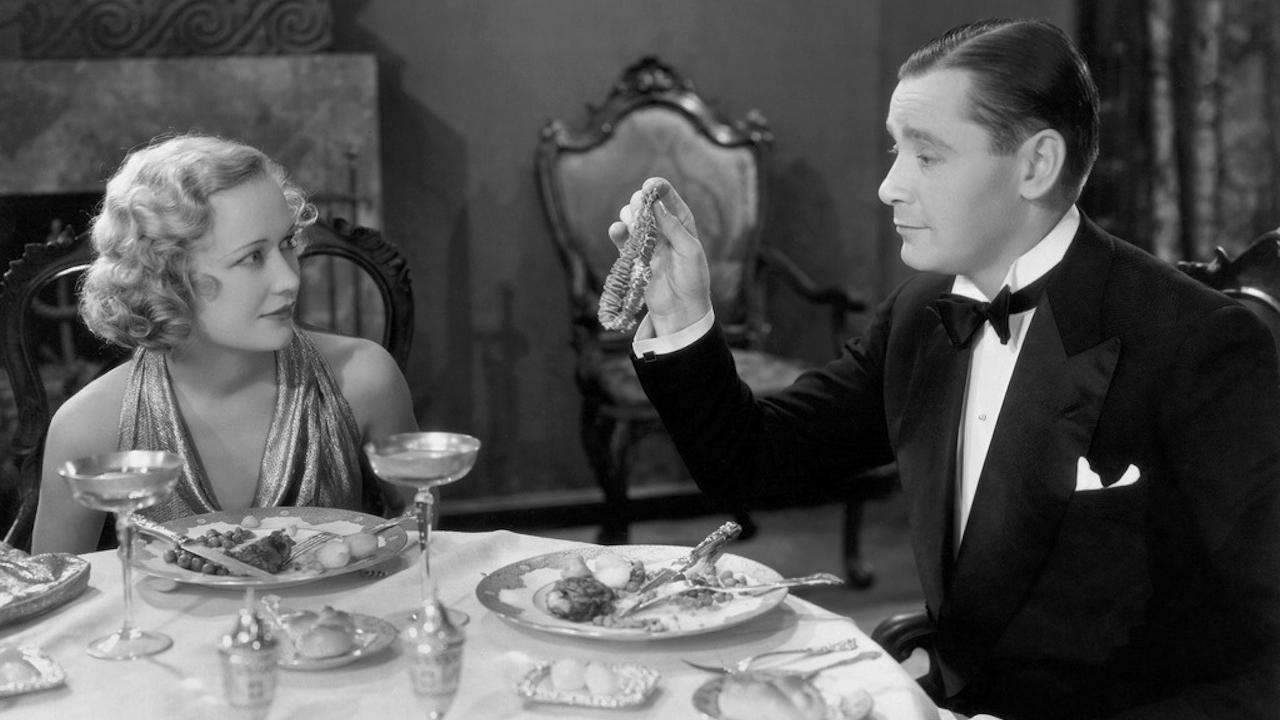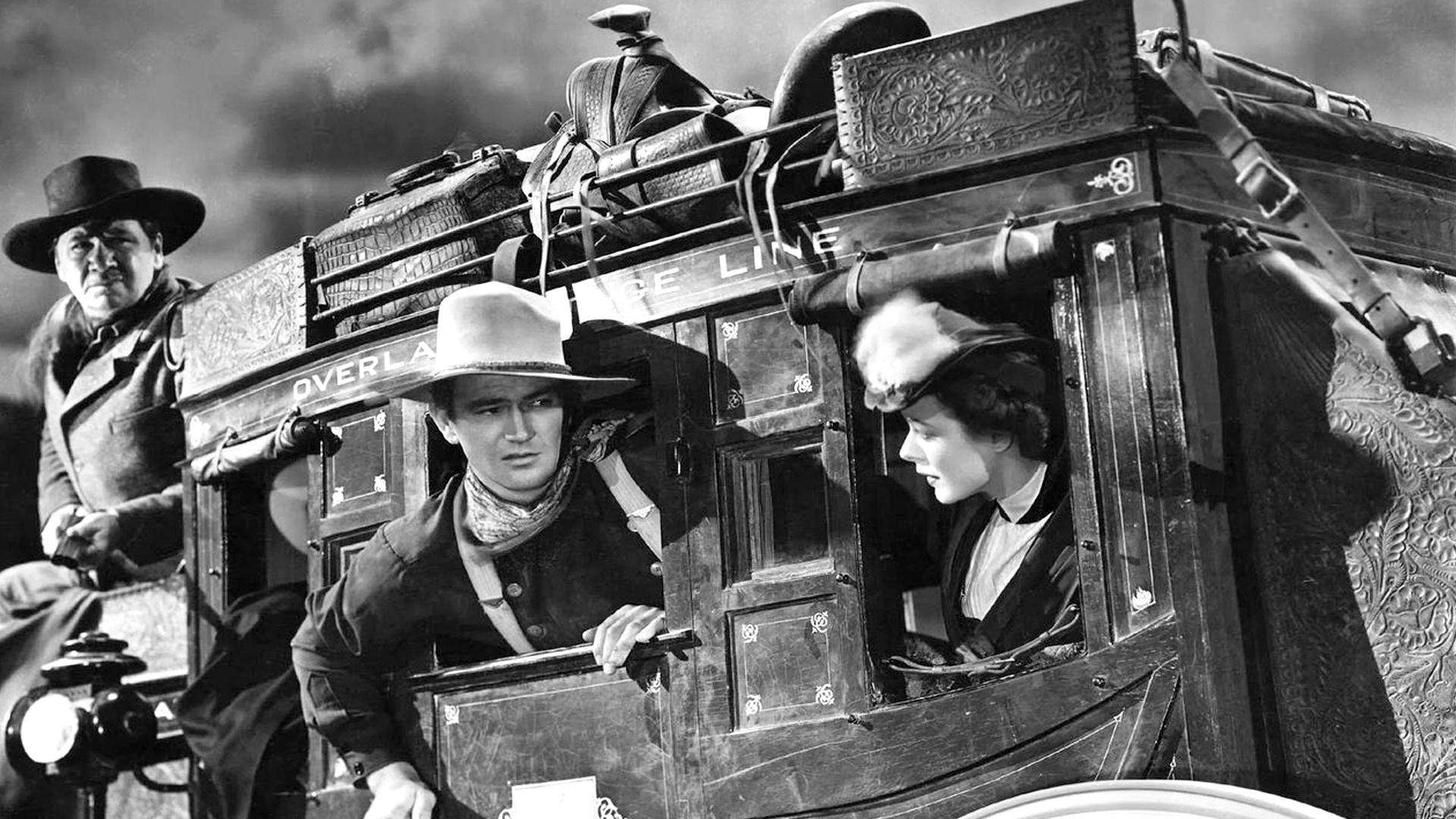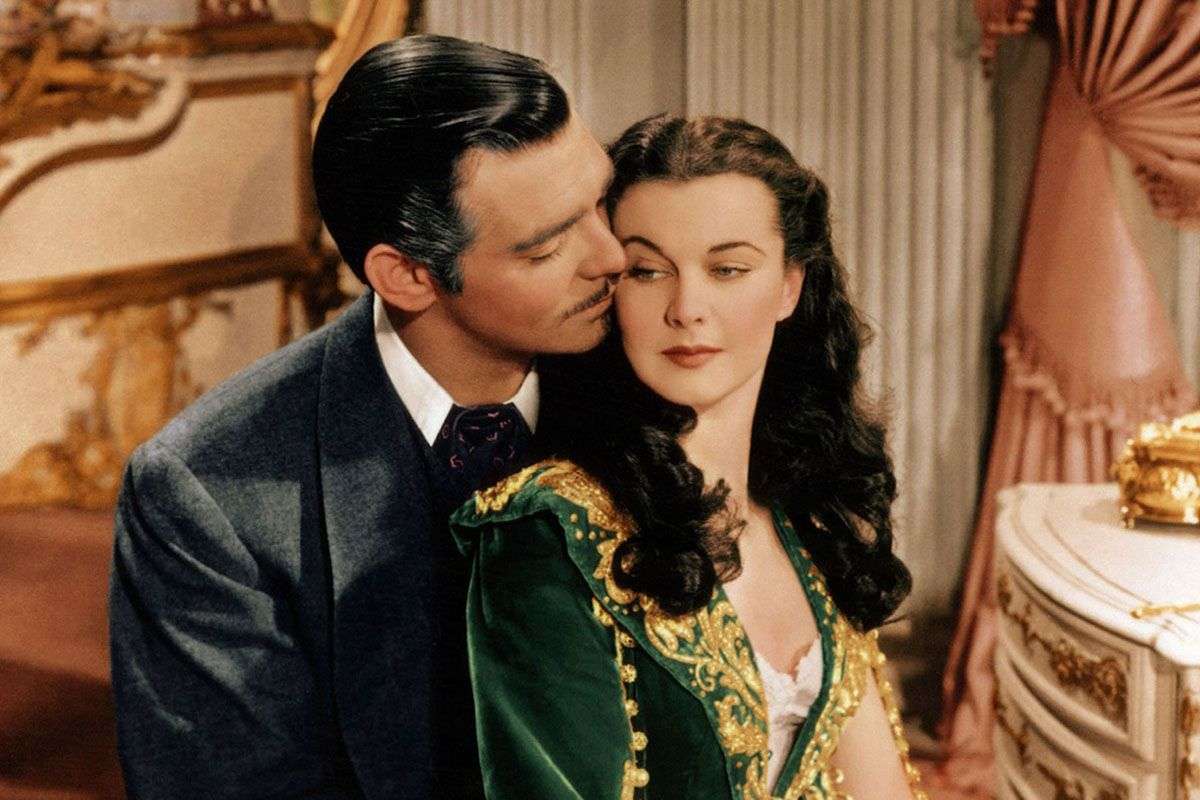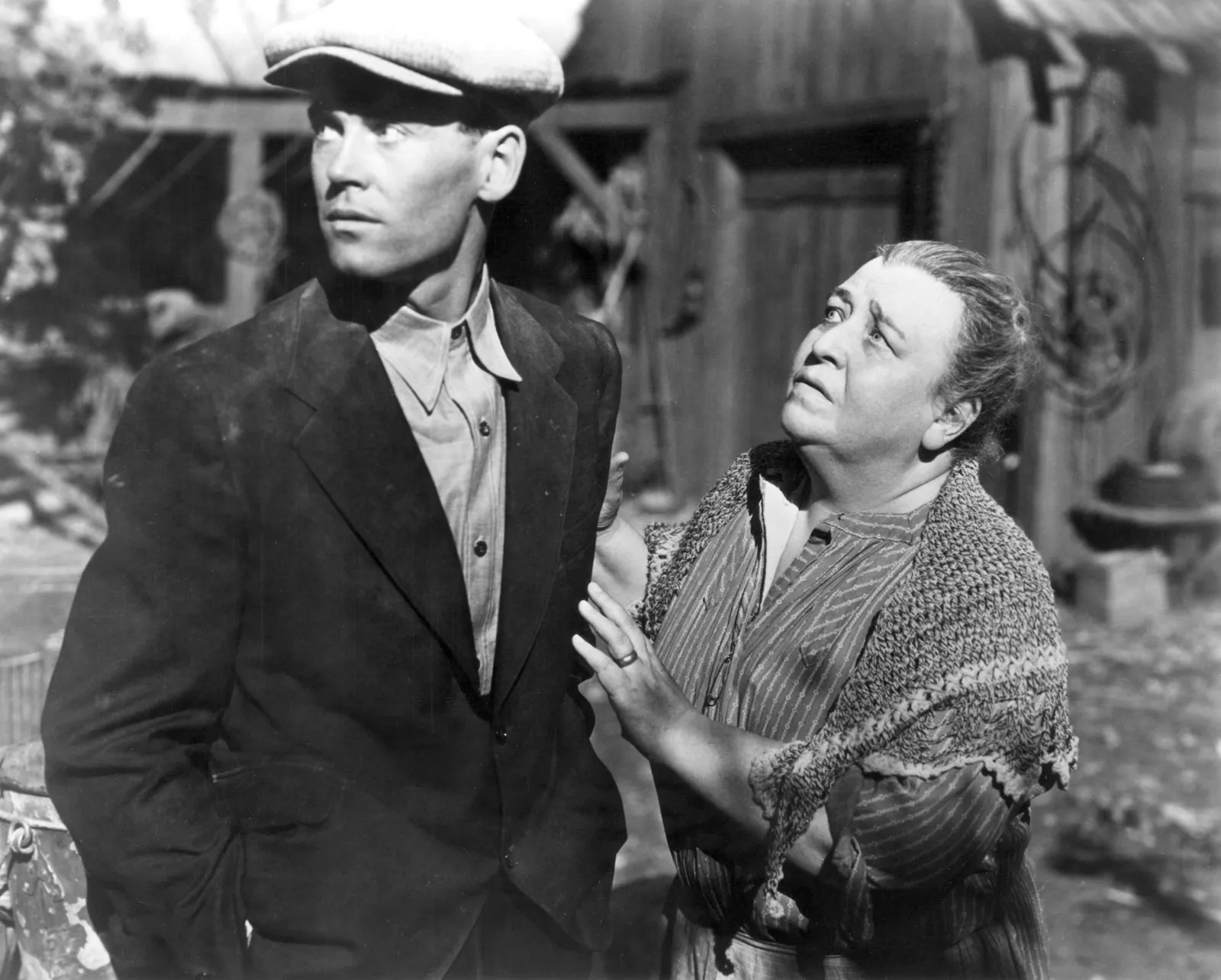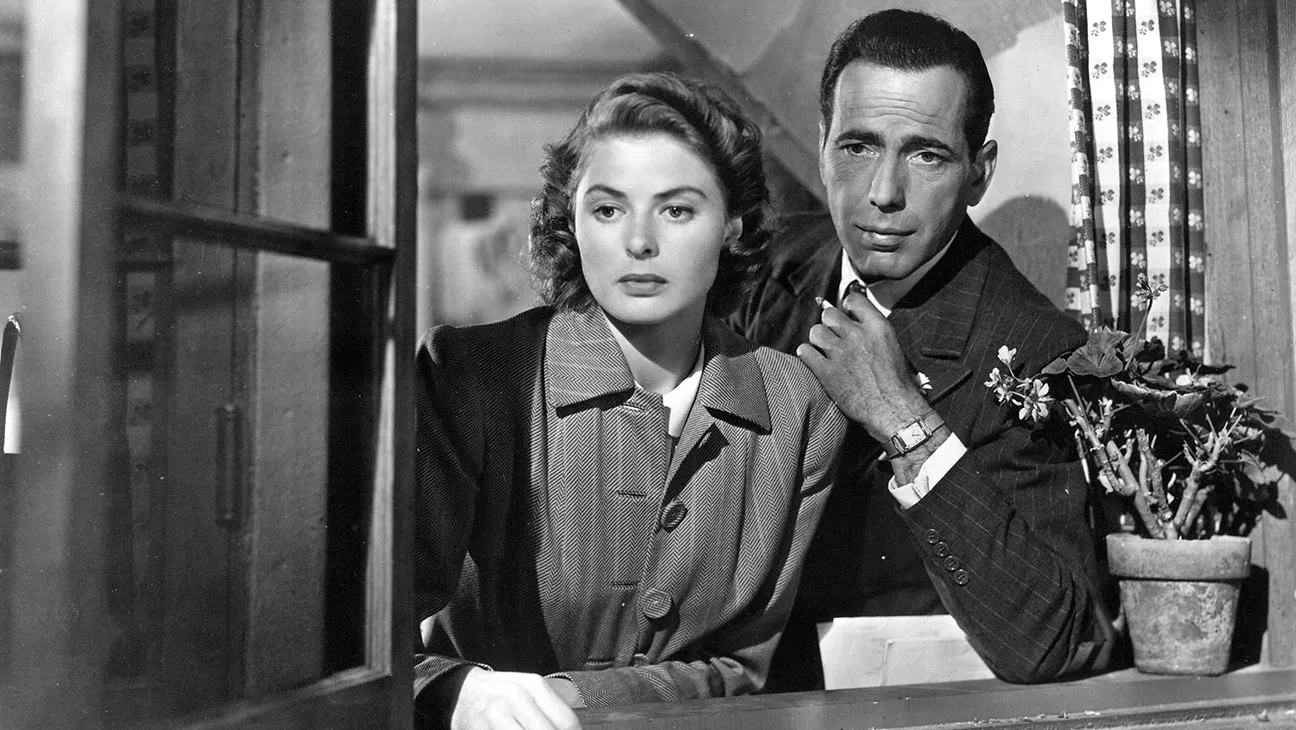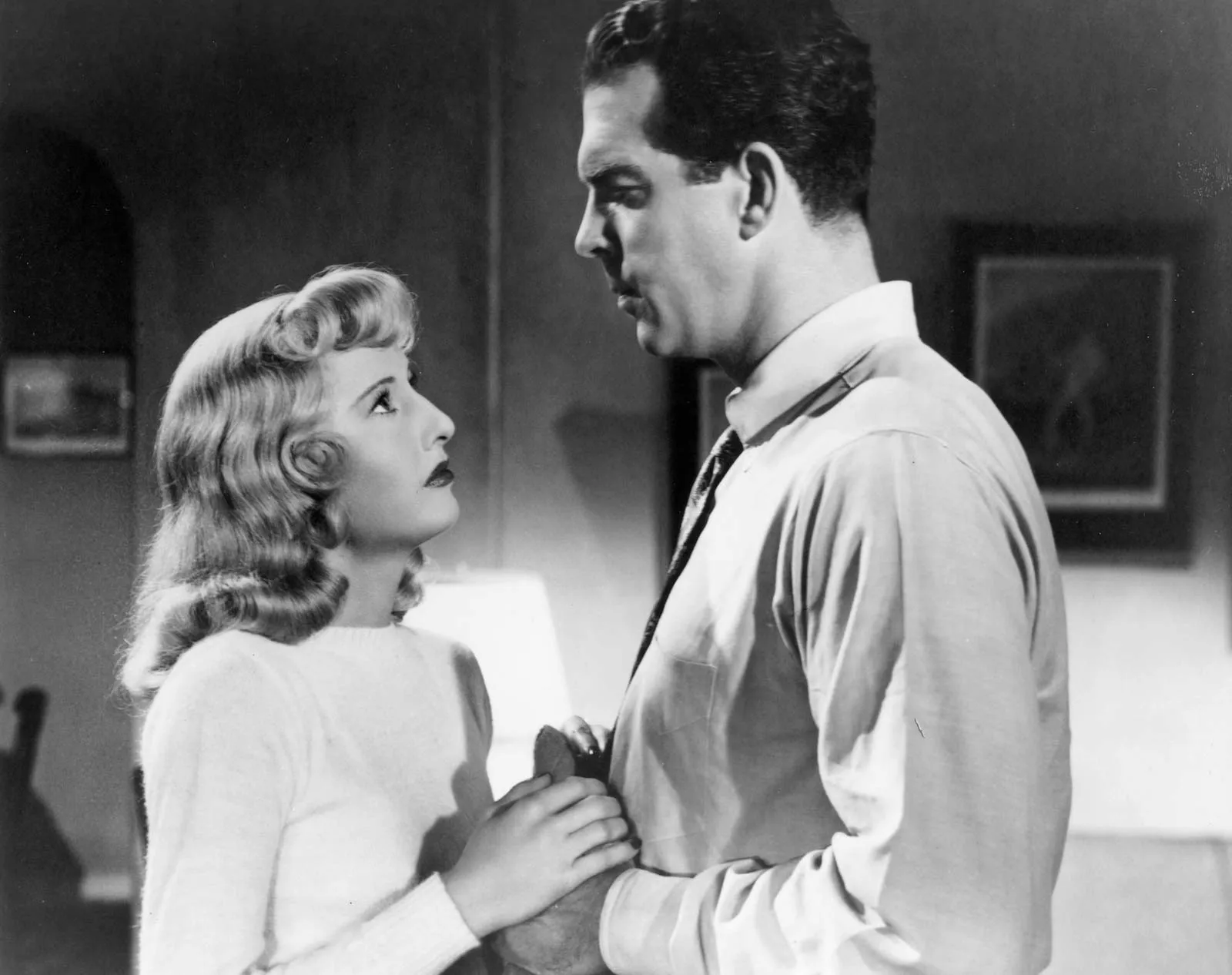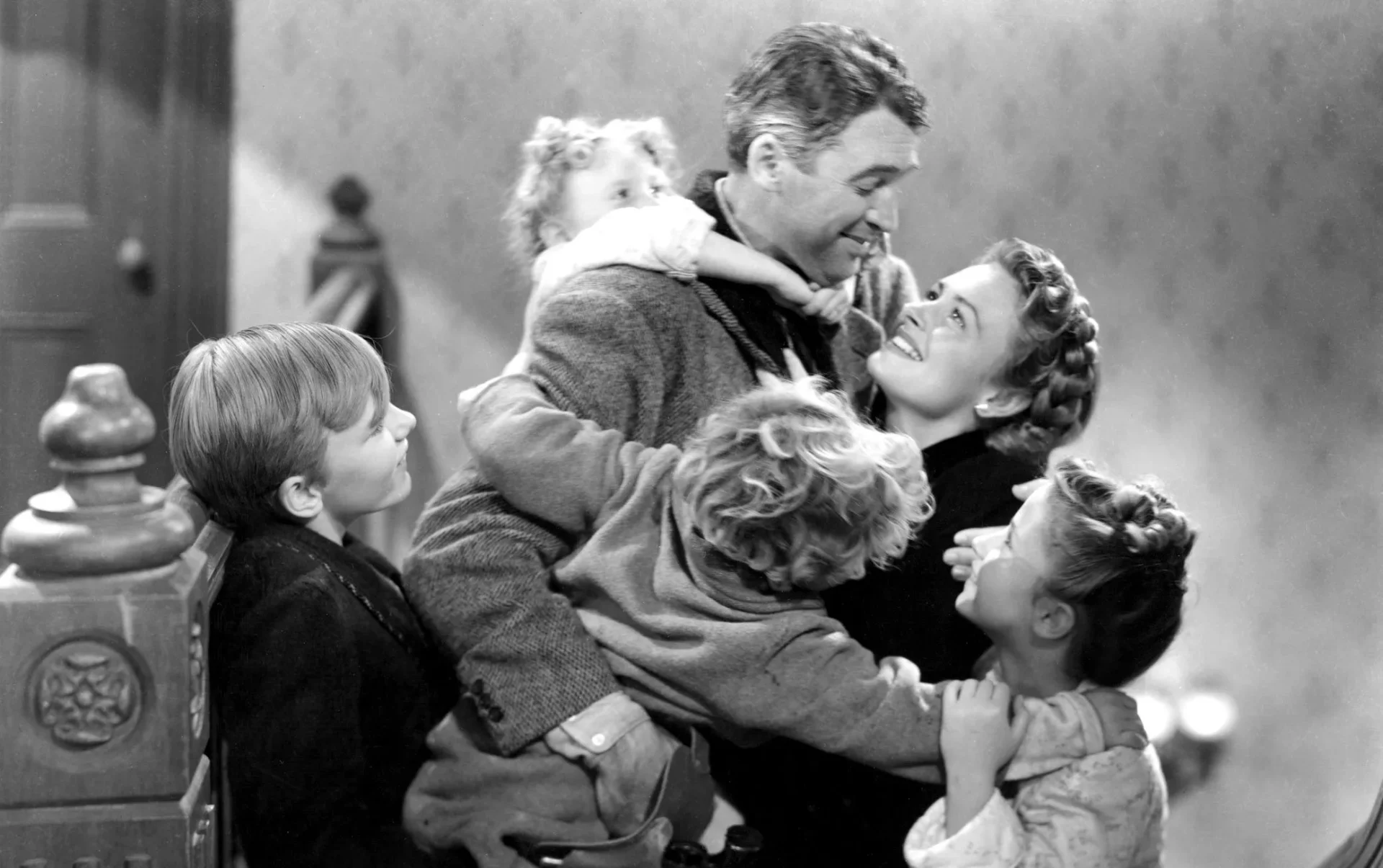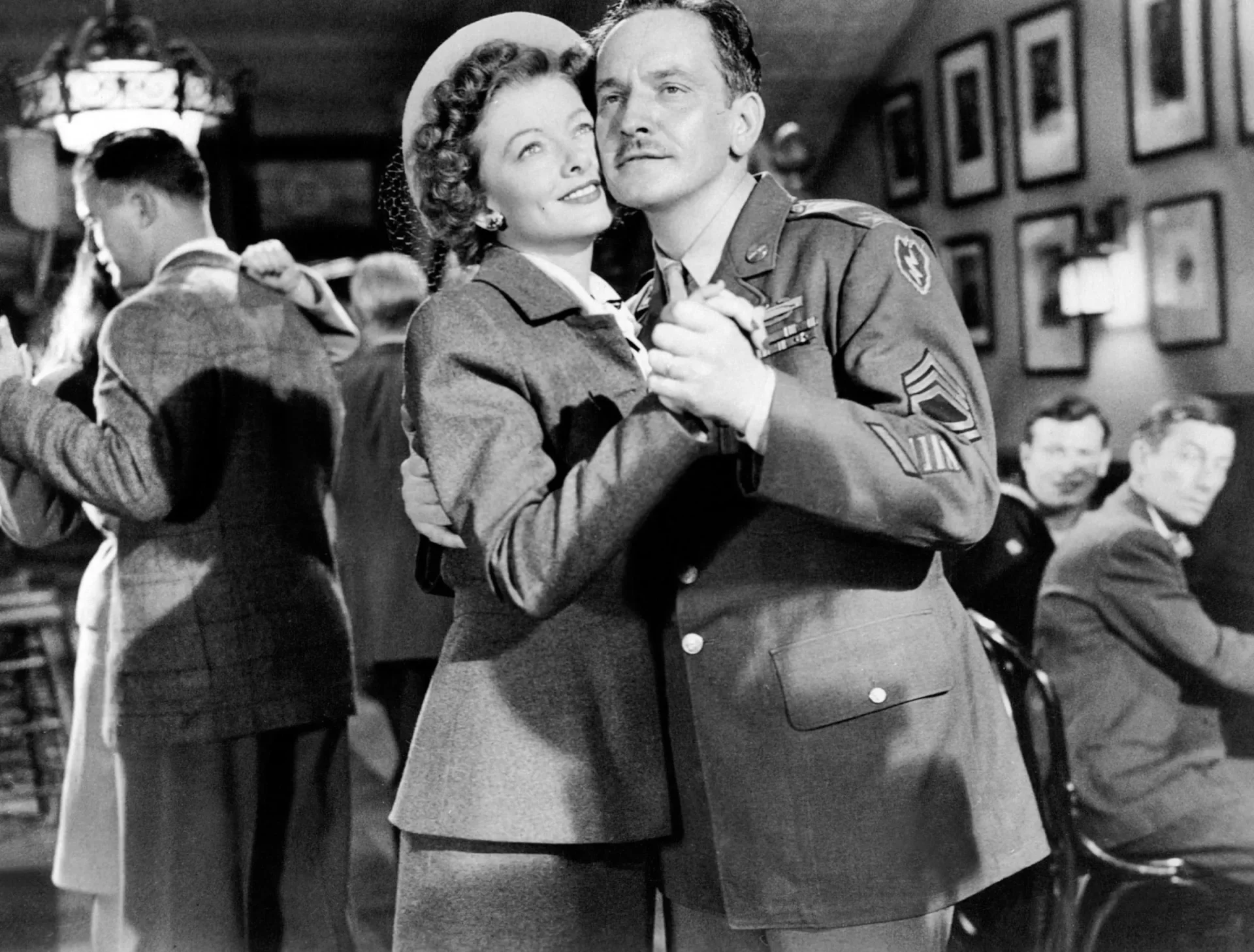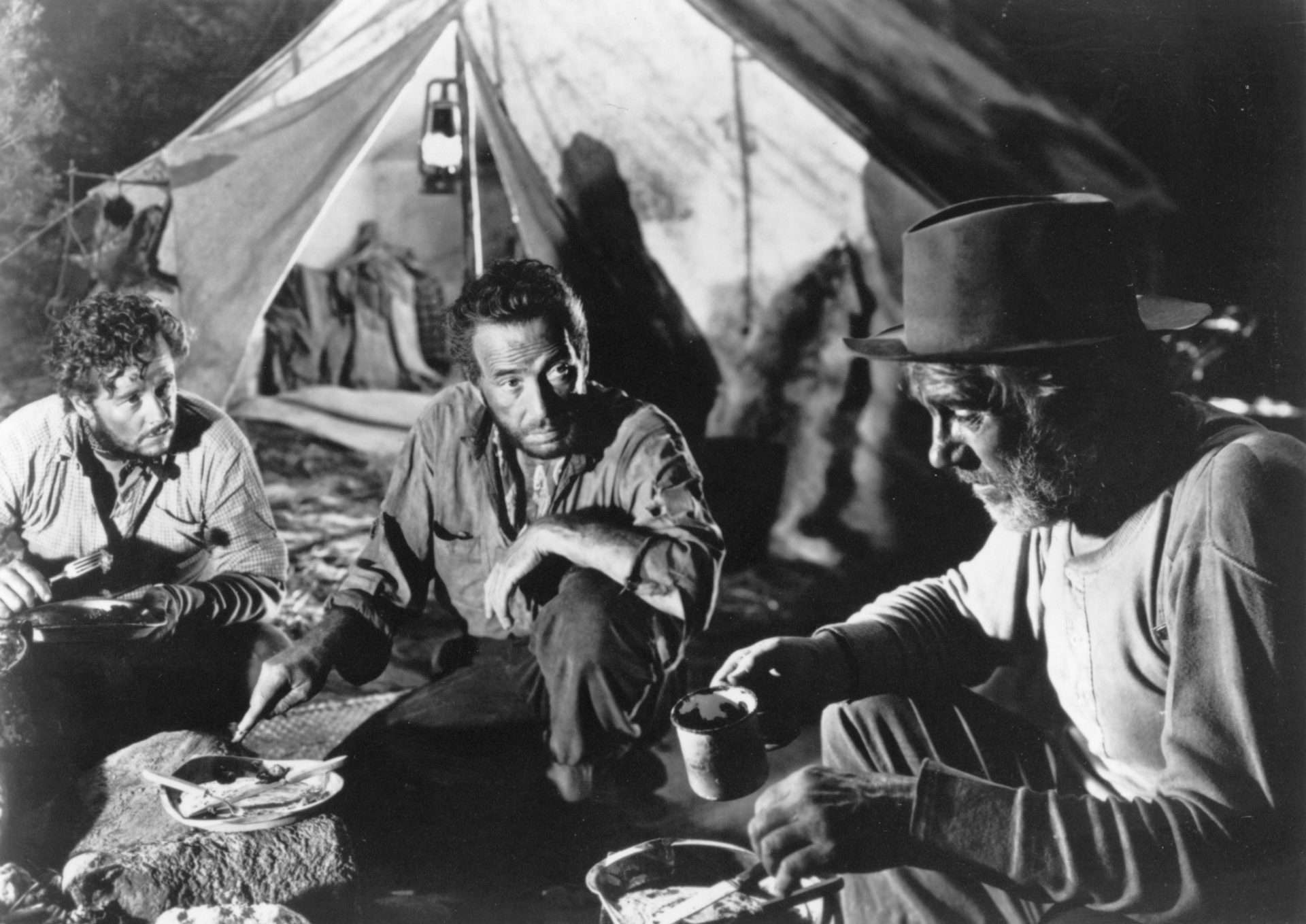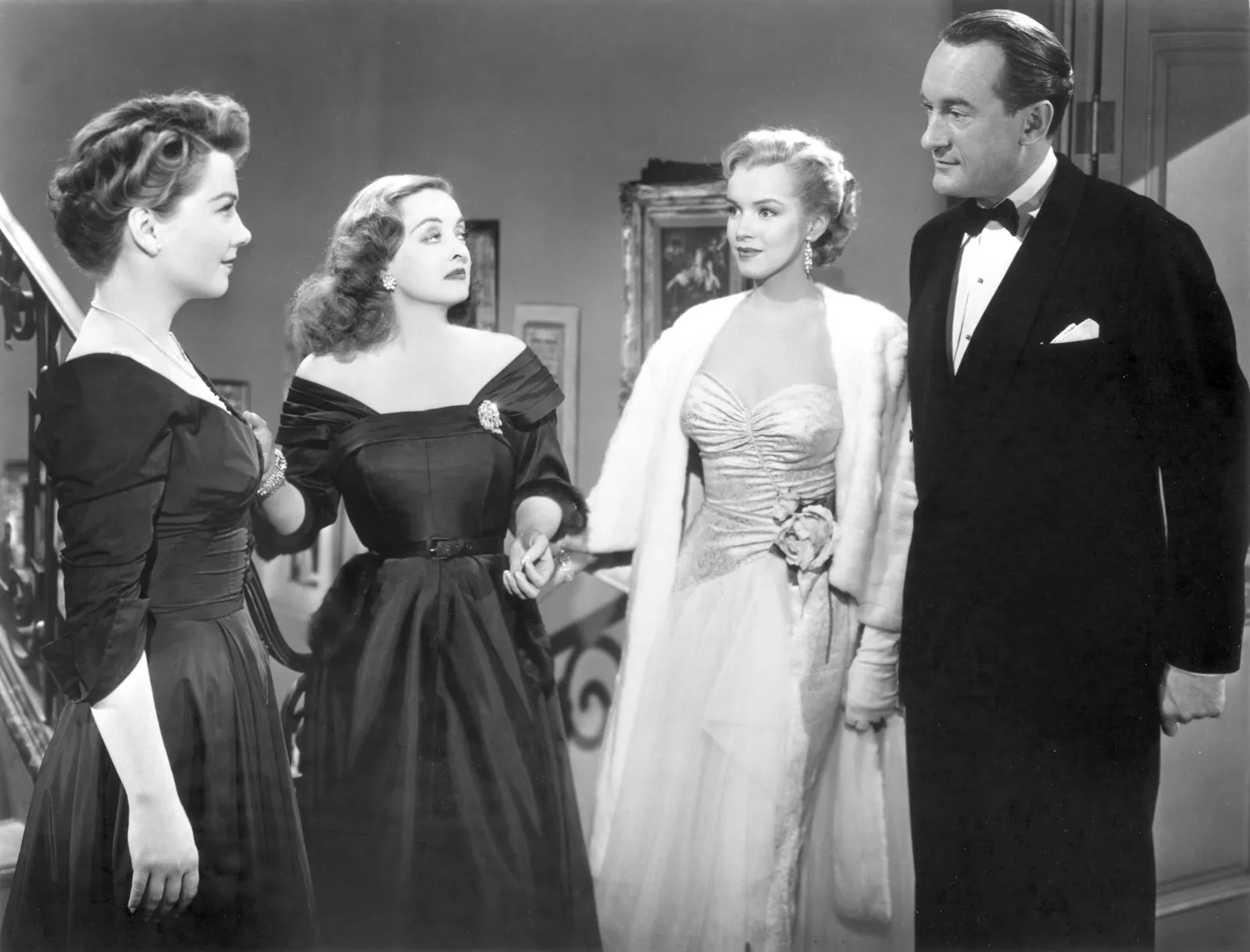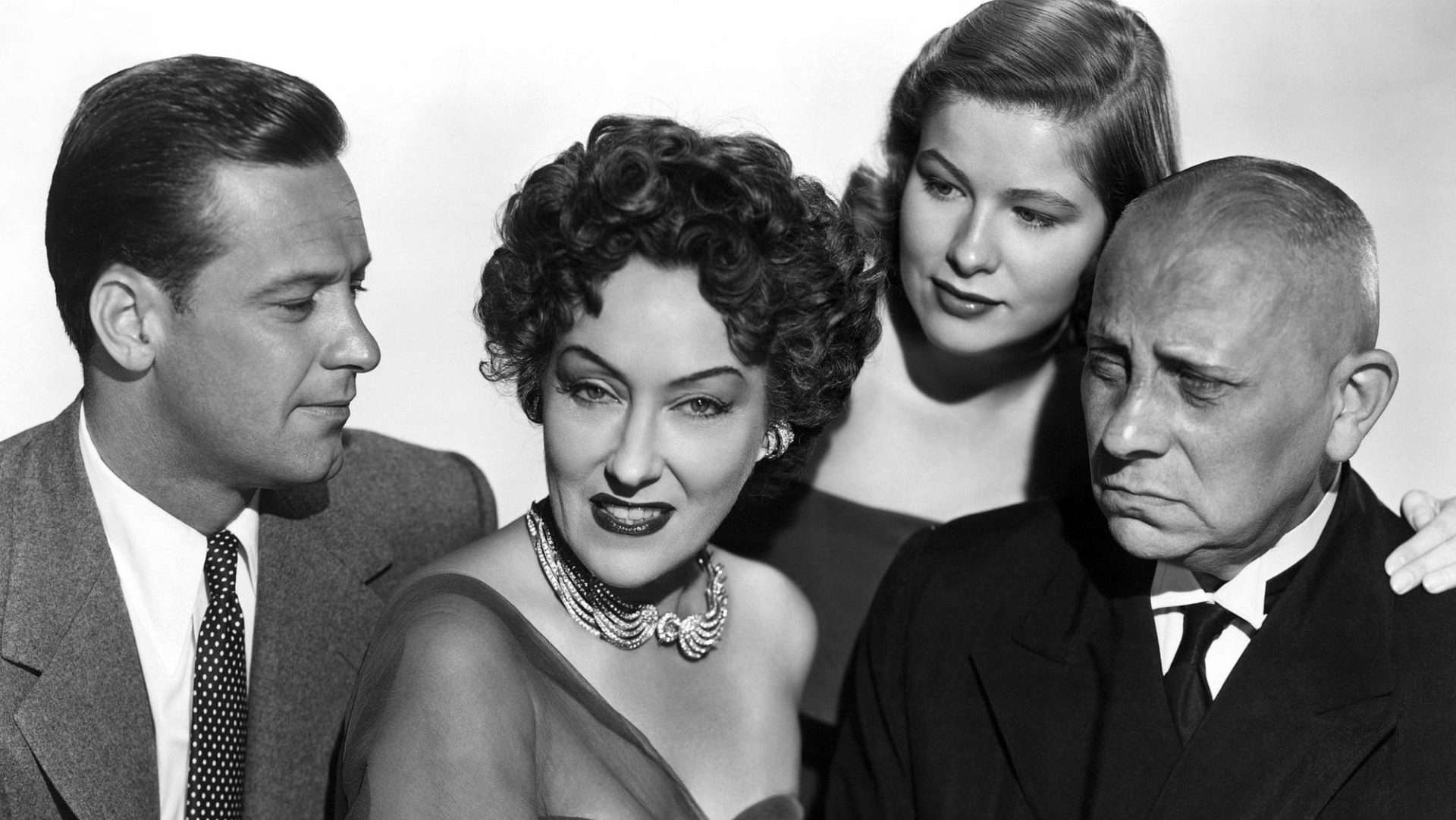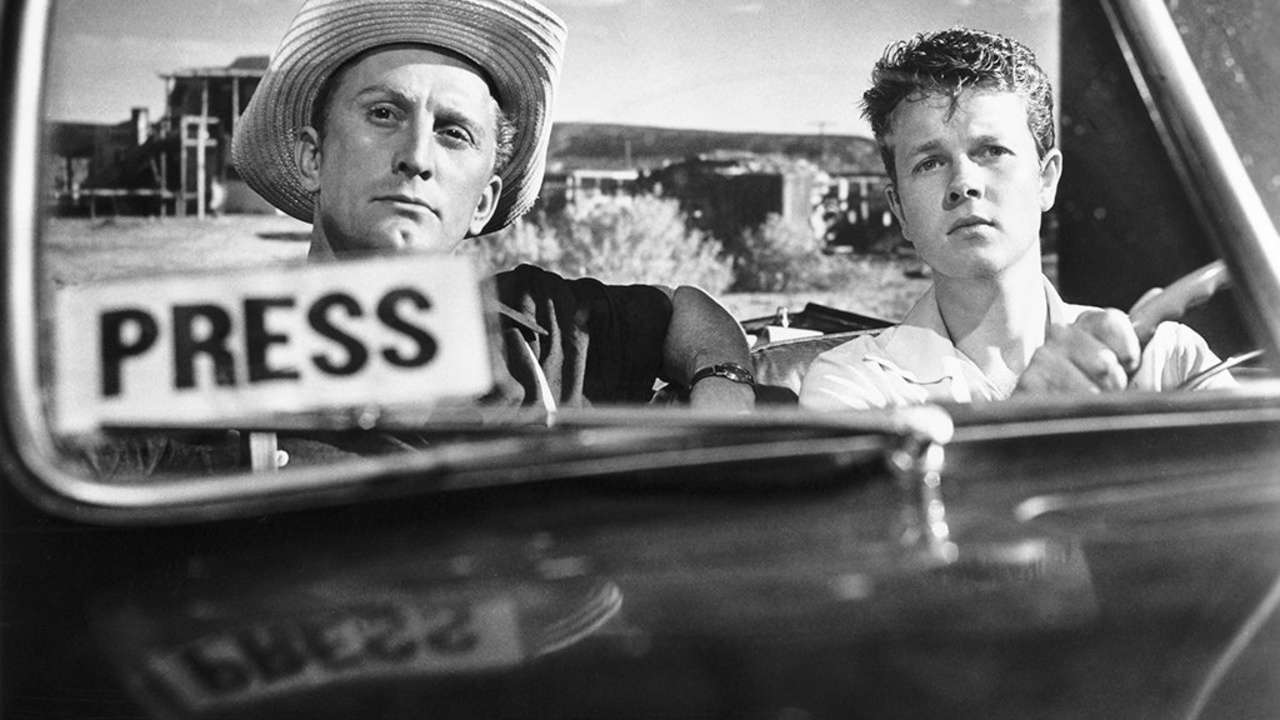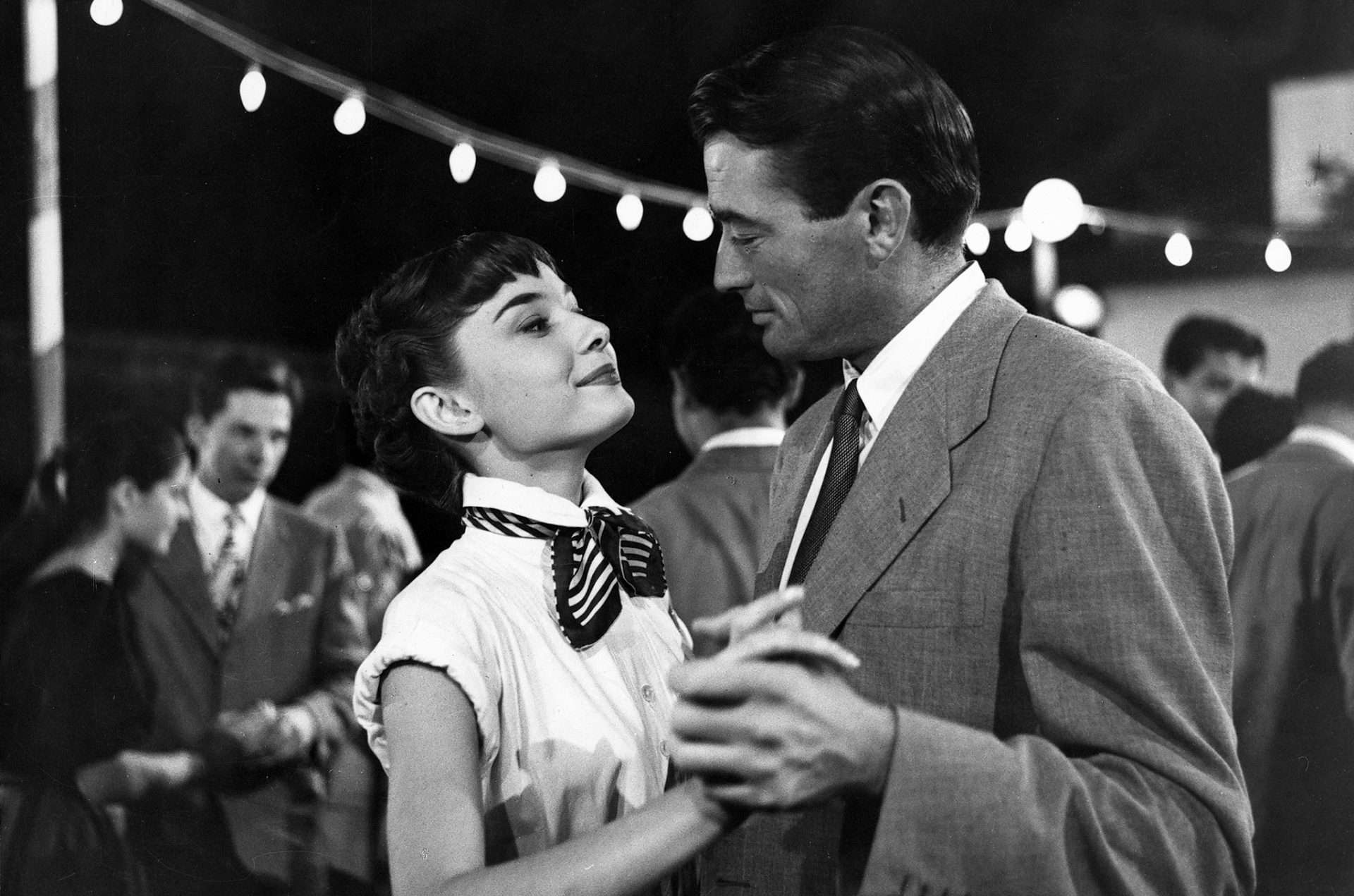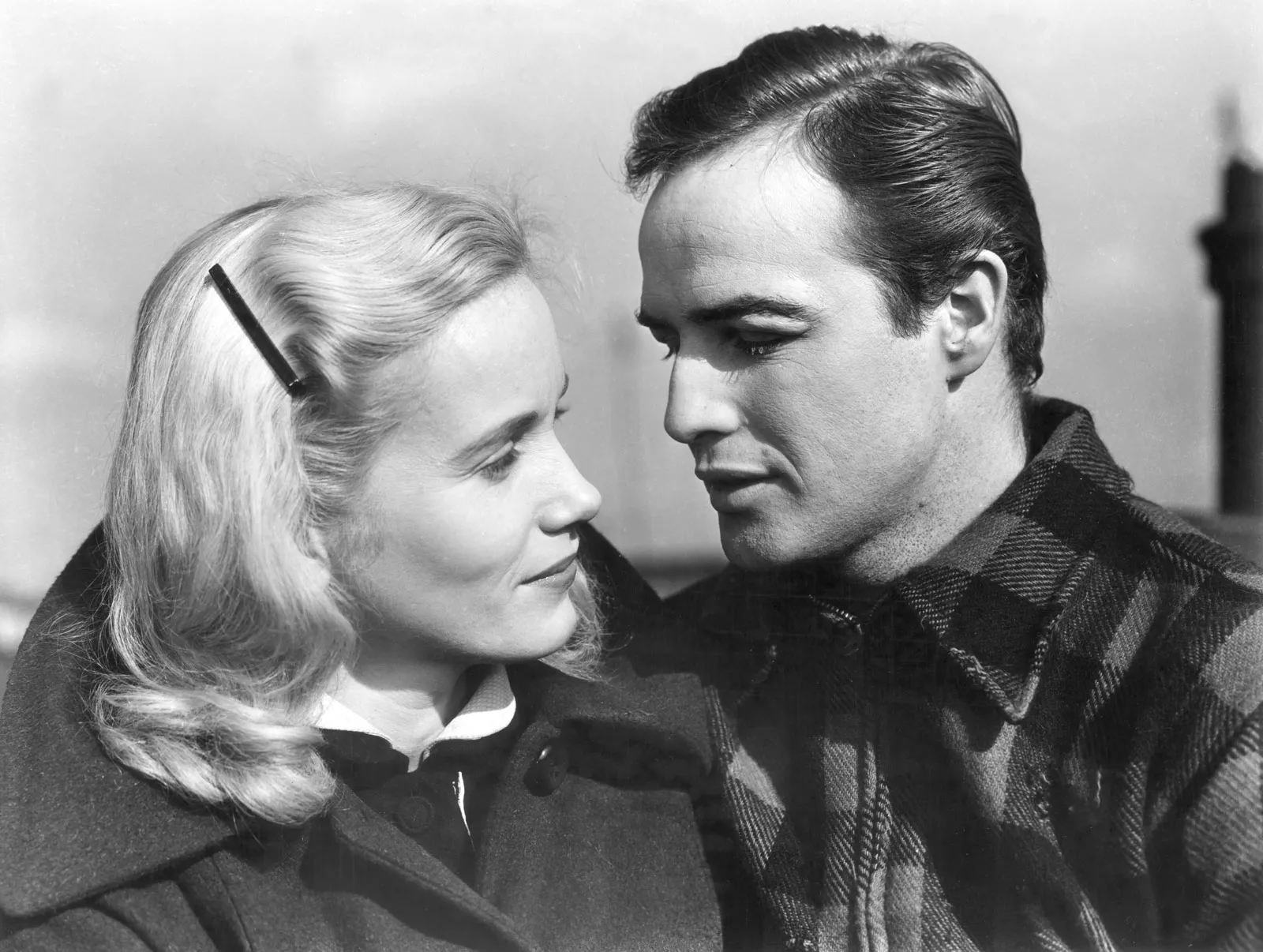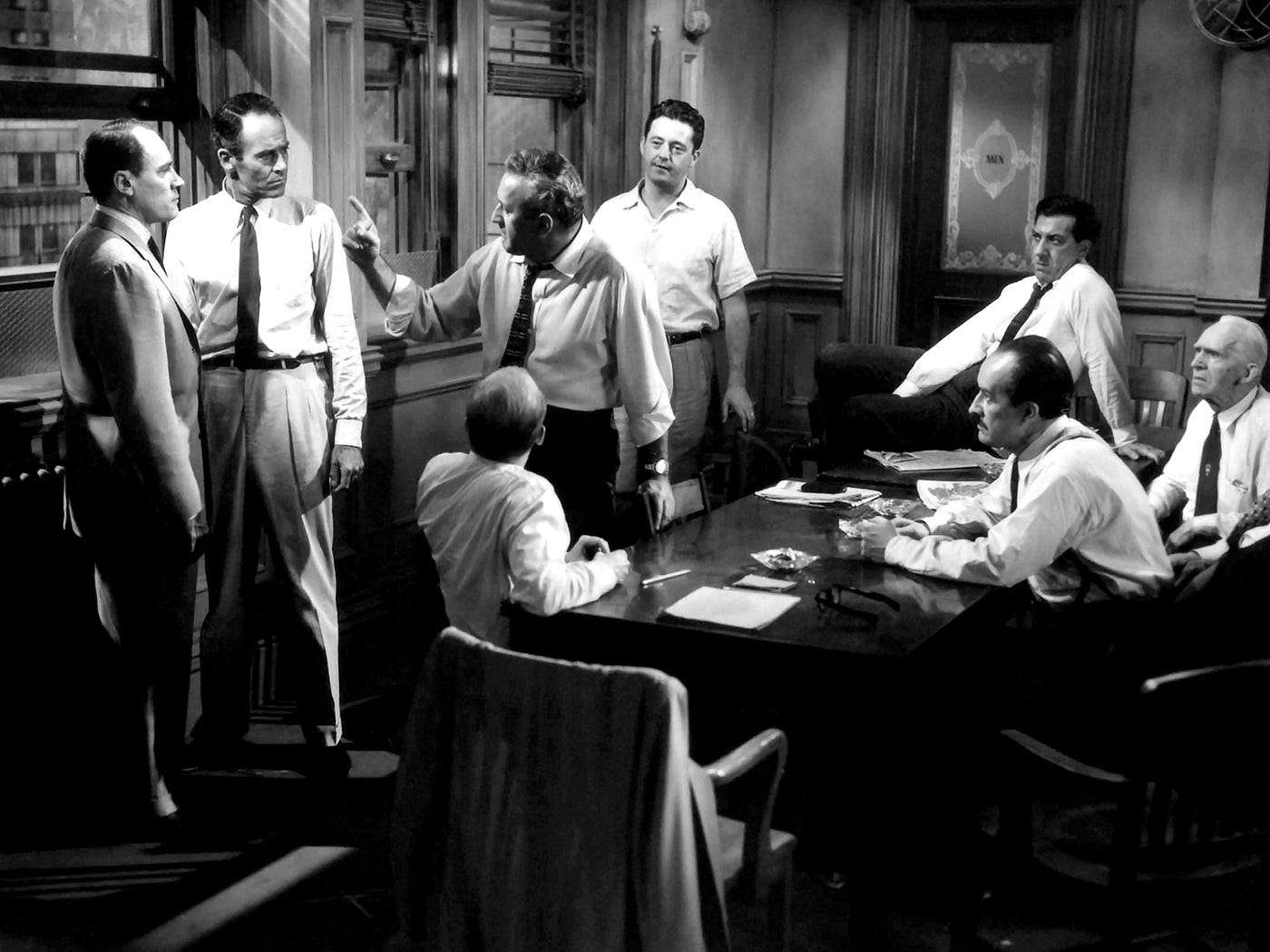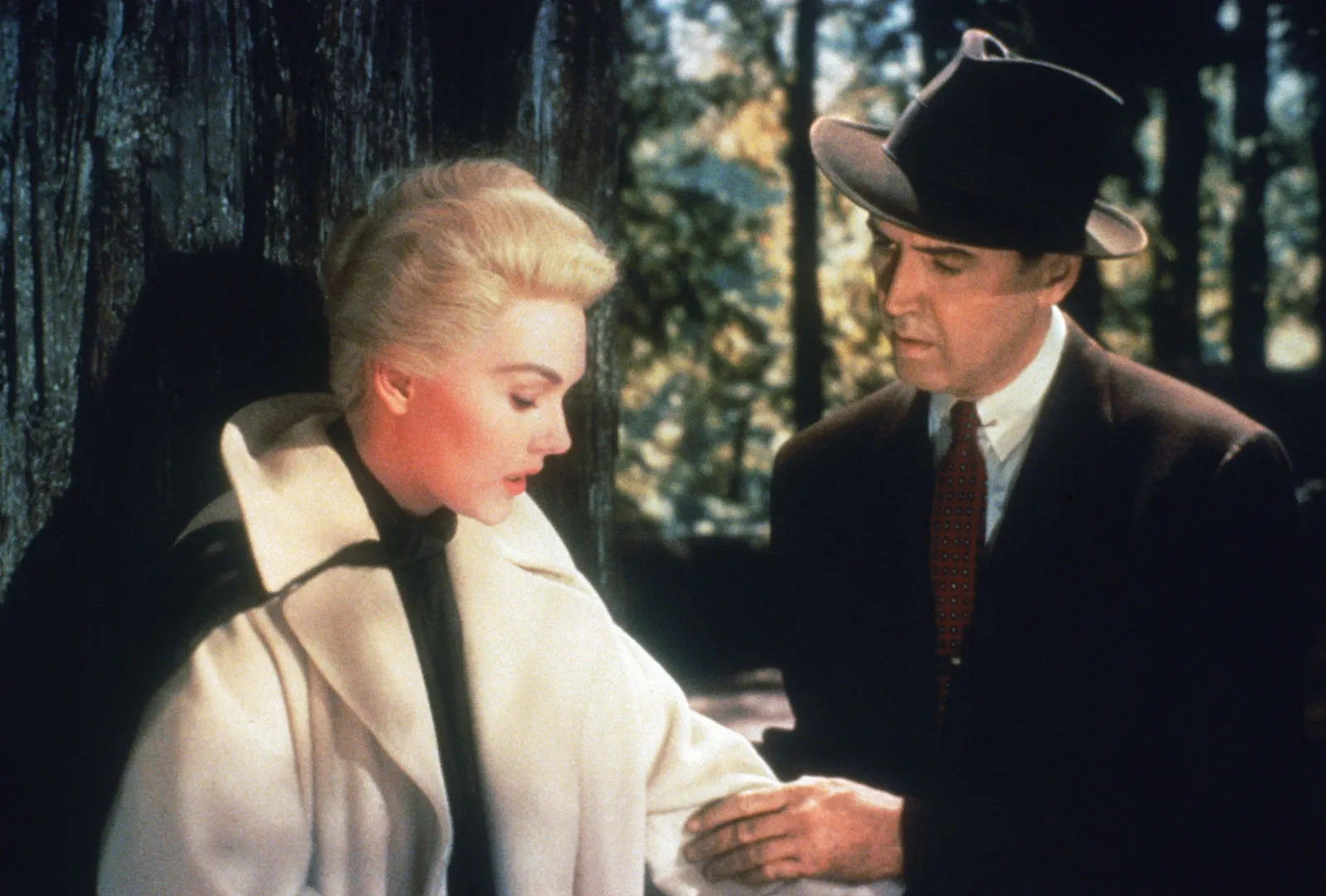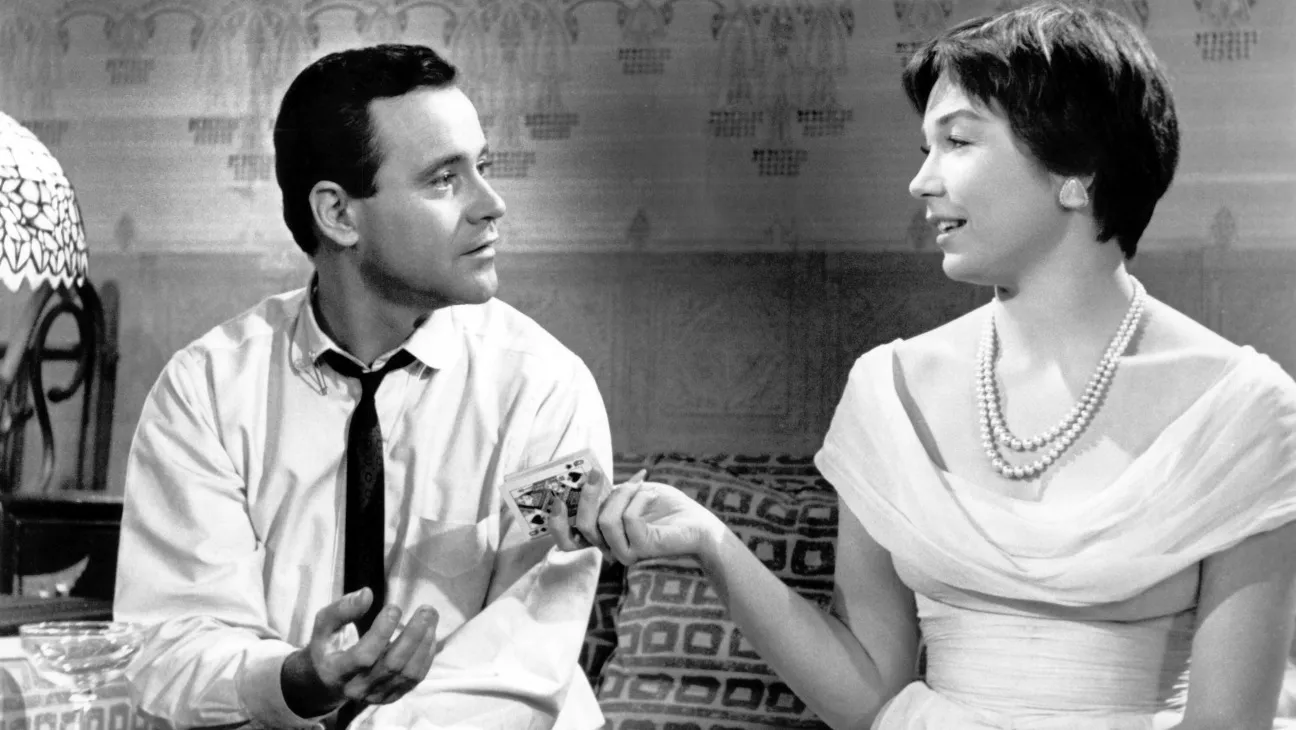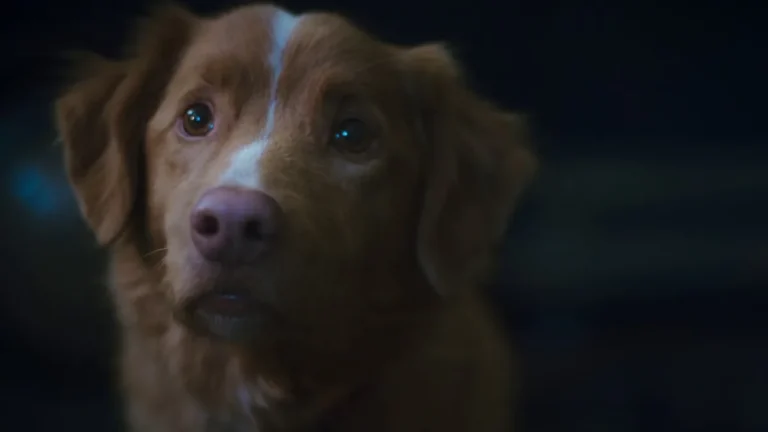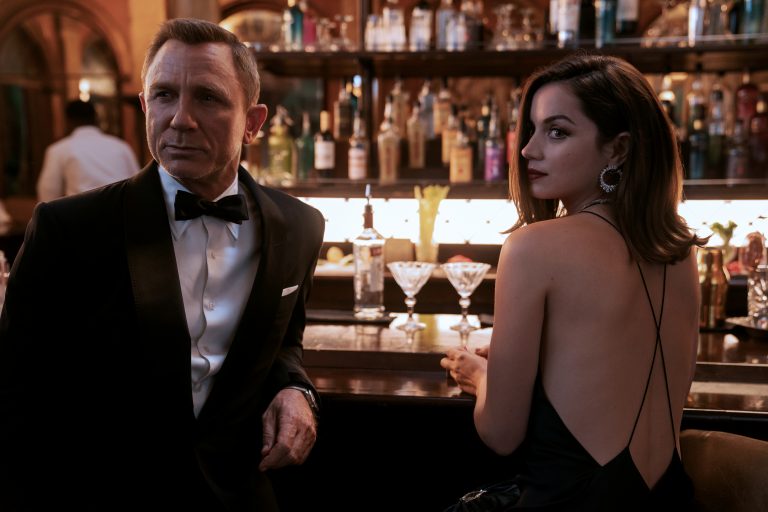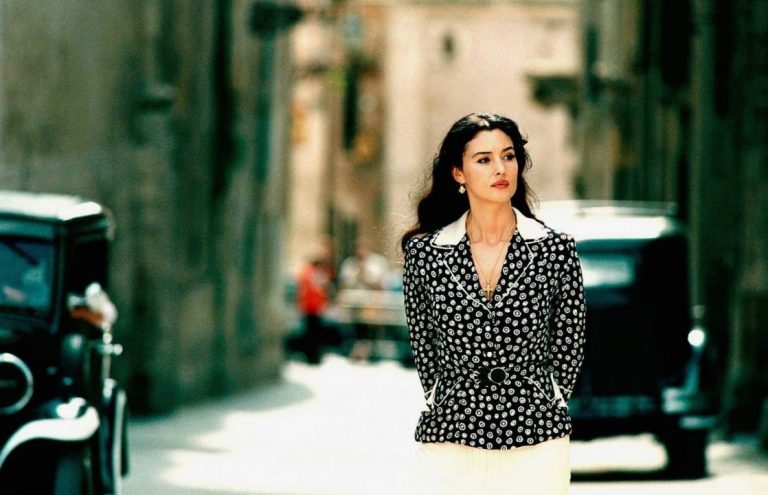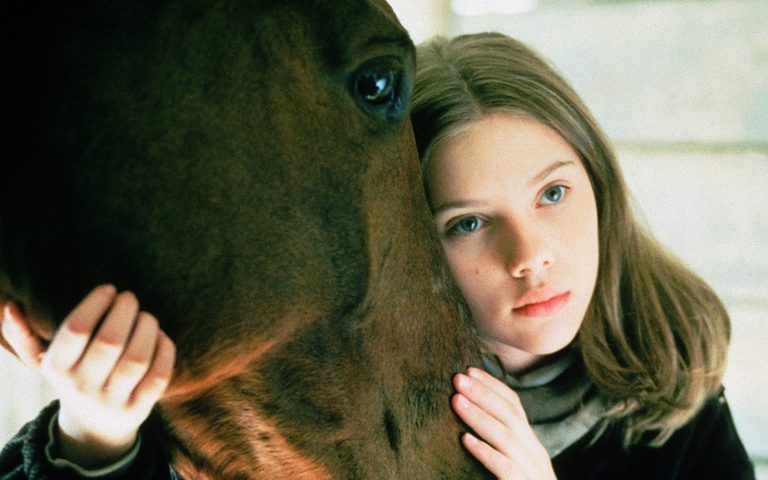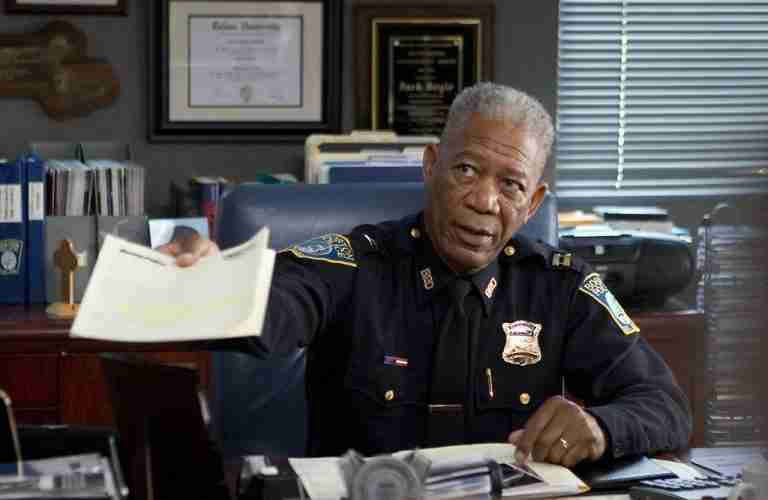For film enthusiasts, the phrase “Golden Age of Hollywood” evokes a bygone era where studios reigned supreme, stars captivated audiences, and cinematic innovation flourished on all sides. Spanning roughly from the 1930s to the 1960s, following the birth of the talkies, this period witnessed the production of films that continue to resonate decades later, offering not only instances of visionary filmmaking but also valuable insights into the cultural and social fabric of their time.
The filmic output was characterized not just as escapist entertainment but also as mirroring societal currents, reflecting challenges like the Great Depression and collective aspirations for social progress. It was a period marked by the ascendancy of the so-called “studio system,” where iconic film studios such as MGM, Warner Bros., and Paramount wielded unparalleled influence, churning out a plethora of cinematic gems that continue to captivate audiences today.
From witty satires questioning cultural norms to poignant dramas exploring human resilience, these films offered diverse narratives that resonated with audiences worldwide. It was a time when charismatic figures like Cary Grant, Humphrey Bogart, and Audrey Hepburn graced the silver screen, delivering iconic performances that cemented their place in cinematic history. Beyond its captivating narratives and enduring stars, the Golden Age witnessed a surge in technical advancements. The arrival of sound film revolutionized storytelling, while innovations like Technicolor brought vibrant hues to narratives.
This article embarks on a journey through the heart of Hollywood’s Golden Age, exploring 20 films that encapsulate the magic, diversity, and cultural impact of this extraordinary era. From timeless romances and gripping dramas to unforgettable musicals and groundbreaking experiments in storytelling, these films stand as testaments to the enduring legacy of Classical Hollywood. Enjoy.
1. All Quiet on the Western Front (1930)
Released in 1930 amidst the burgeoning sound era, All Quiet on the Western Front takes viewers into the trenches of World War I, following a group of young German soldiers whose naiveté is ruthlessly stripped away by the horrors of combat. The film, based on Erich Maria Remarque’s harrowing 1929 novel of the same name, follows Paul Bäumer (Lew Ayres) and his classmates, fueled by patriotism and propaganda, eagerly enlisting in the war.
However, their romanticized ideals quickly crumble as they face the brutal realities of the battlefield – the constant threat of death, the dehumanizing conditions, and the psychological toll of witnessing unimaginable suffering. Director Lewis Milestone masterfully uses the new sound technology to paint a visceral portrait of war, from the deafening artillery blasts to the agonizing screams of the wounded. He employs long takes and handheld camerawork to plunge the audience into the trenches, experiencing the claustrophobia and the chaos alongside the soldiers.
We see how the soldiers’ camaraderie becomes their lifeline, how humor helps them cope, and how the constant strain takes a toll on their sanity. Milestone doesn’t shy away from showing the soldiers looting, stealing, and even resorting to violence, further emphasizing the dehumanizing impact of war. Despite its pacifist anti-war message, which led to it being banned in several countries (including Nazi Germany), the film was a critical and commercial success. Winning the Academy Award for Best Picture and becoming one of the highest-grossing films of the year, the film went on to influence the likes of Kubrick and Coppola in their own on-screen portrayals of war.
2. City Lights (1931)
Emerging at the dawn of the “talkies” and in sheer defiance of them, City Lights stands as a testament to the enduring power of silent film. Charlie Chaplin’s 1931 masterpiece, this romantic comedy-drama, remains a cinematic classic, weaving humor, pathos, and social commentary into a timeless tale. We follow the iconic Tramp (Charlie Chaplin) navigating the bustling streets of a modern metropolis.
He falls in love with a blind flower girl (Virginia Cherrill), unaware of her disability. Believing him to be wealthy, she confides in him her dream of regaining sight. The Tramp, determined to help, embarks on a series of comical misadventures, from boxing matches to street cleaning, to raise the money for her surgery. Chaplin conveys a range of emotions through meticulously crafted pantomime, slapstick, and subtle gestures – from the Tramp’s endearing clumsiness to his heartfelt compassion. The film’s silence allows the score, composed by Chaplin himself, to fill the emotional void, weaving a poignant counterpoint to the visuals.
Released amidst the Great Depression, City Lights resonated deeply with audiences seeking solace and laughter. Its portrayal of poverty and social injustice, however humorous, serves as a critique of societal ills. Yet, ultimately, what the film celebrates is resilience, kindness, and the transformative power of love. The film has left an indelible legacy in influencing the likes of Federico Fellini and Jacques Tati and even directors keen on portraying social issues like Frank Capra and Preston Sturges.
3. Trouble in Paradise (1932)
Trouble in Paradise blends witty dialogue, elegant visuals, and a playful tone to deliver a delightful romantic comedy with a dash of heist. Directed by the renowned Ernst Lubitsch in pre-Code era Hollywood, the film remains a timeless classic lauded for its humor, sophistication, and enduring influence. In the glamorous world of high society, a suave jewel thief, Gaston Monescu (Herbert Marshall), masquerades as a baron and meets Lily (Miriam Hopkins), a charming pickpocket posing as a countess.
Sparks fly, and they become partners in crime and love. Together, they land coveted positions with Mariette Colet (Kay Francis), the wealthy owner of a perfume company, planning to exploit their proximity for a grand heist. However, complications arise as Gaston falls genuinely for Mariette, leading him to navigate a hilarious juggling act between love, loyalty, and an insatiable desire for adventure. Trouble in Paradise is a visual feast showcasing the elegance of Art Deco design and opulent costumes. As the first film that got people talking about the famed “Lubitsch touch,” it almost seems to anticipate the Hays Code as it flirts with saucy humor and sexual suggestiveness, often conveyed through witty wordplay and the use of music.
The film was a critical and commercial success upon release, solidifying Lubitsch’s reputation as a master of comedic wit. Its playful attitude towards morality and class distinctions challenged societal norms, paving the way for future screwball comedies and influencing other Hollywood classics like Billy Wilder’s “Double Indemnity” and “Some Like It Hot.”
4. Stagecoach (1939)
More than just a classic Western, John Ford’s 1939 film Stagecoach is a landmark achievement that redefined the genre and set the stage for generations of filmmakers to come. Its journey of a diverse group of passengers traveling through treacherous Apache territory in a stagecoach resonates with its poignant blend of gritty realism, powerful character portraits, and stunning visuals.
The film throws together an unlikely group on a stagecoach bound for Lordsburg, New Mexico. Dallas (Claire Trevor), a woman ostracized for her past as a sex worker, finds herself alongside a drunken doctor (Thomas Mitchell), a pregnant wife (Louise Platt) traveling to join her soldier husband, a gambler (John Carradine), and a U.S. Marshal (Andy Devine). Among them is also Ringo Kid (John Wayne), an outlaw seeking revenge.
As they traverse the unforgiving landscape, tensions flare, secrets are revealed, and unexpected bonds of respect and empathy develop. The threat of an Apache attack looms large, adding a layer of suspense and forcing the passengers to confront their inner demons. Unlike romanticized Westerns of the past, Stagecoach portrays the Wild West with a raw authenticity. The characters are flawed and complex, each grappling with their own moral burdens and societal ostracization.
The film doesn’t shy away from portraying violence and hardship, offering a more grounded and realistic depiction of the frontier. Ford’s masterful use of Monument Valley as a backdrop further enhances the realism, capturing the vastness and beauty of the untamed West. Notably, the film marks John Wayne’s breakthrough role, establishing him as a Western icon with his portrayal of the brooding yet honorable Ringo Kid.
5. Gone With the Wind (1939)
Based on Margaret Mitchell’s Pulitzer Prize-winning novel, Gone With the Wind chronicles the turbulent journey of Scarlett O’Hara (Vivien Leigh), a determined Southern belle navigating personal desires and societal upheaval across the Civil War and Reconstruction eras. Its epic scope, captivating performances, and technical marvels cemented its place in Hollywood history while simultaneously sparking criticism for its romanticized depiction of the South and its treatment of race.
Scarlett, spoiled and headstrong, finds her idyllic life on the Tara plantation shattered by the war. Driven by an unwavering will to survive and rebuild her life, she navigates a series of marriages, tragedies, and personal losses. Her heart remains entangled with Ashley Wilkes (Leslie Howard), a charming but indecisive gentleman, while the sardonic and opportunistic Rhett Butler (Clark Gable) offers her both love and scorn.
The film charts Scarlett’s transformation from a naive debutante to a ruthless survivor, willing to bend societal norms and defy expectations to secure her family’s future. Gone With the Wind boasts a staggering scale, with sweeping battle scenes featuring thousands of extras, elaborate set design capturing the grandeur of Tara and Atlanta, and lavish costumes reflecting the changing times.
The use of Technicolor, relatively new at the time, brought vibrant life to the film’s visuals, particularly in the iconic burning of Atlanta sequence. Vivien Leigh delivers a tour-de-force portrayal of Scarlett, capturing her determination, ambition, and flaws with nuance. The supporting cast, including Olivia de Havilland as the gentle Melanie and Hattie McDaniel in the Oscar-winning role of Mammy, further cements the film’s status as a timeless classic.
6. The Grapes of Wrath (1940)
Emerging amidst the Dust Bowl’s devastation, John Ford’s 1940 film The Grapes of Wrath stands as a powerful portrayal of human resilience in the face of unimaginable hardship. Adapted from John Steinbeck’s Pulitzer Prize-winning novel, the film follows the Joad family, forced to flee their drought-stricken land and embark on a grueling westward migration to California in search of a better life.
A family of Oklahoma tenant farmers, the Joads, are reunited with the recently paroled Tom Joad (Henry Fonda). They pack their meager belongings onto a rickety truck and begin their westward trek. The journey is fraught with challenges – breakdowns, hunger, prejudice, and exploitation at the hands of labor camps. Facing starvation and illness, the Joads persevere, clinging to hope and the strength of their family bond. John Ford’s masterful direction blends gritty realism with moments of poetic beauty, capturing the vastness of the landscape and the vulnerability of the characters. Long takes and handheld camerawork immerse the audience in the immediacy of the characters’ struggles, while symbolic imagery, like the burning car representing lost hope, adds depth and resonance.
Aside from Fonda in the lead, Jane Darwell provides a heartbreaking portrayal of Ma Joad, the family’s steadfast matriarch. Released during the Great Depression, the film resonated deeply with contemporary audiences, sparking dialogue about social injustices and migrant suffering. While initially facing censorship attempts, it emerged as a critical and commercial success, winning Academy Awards for Best Picture and Best Director.
7. Citizen Kane (1941)

A film that needs no introduction, Citizen Kane stands as a landmark in film history with its innovations in storytelling, groundbreaking technical achievements, and an enigmatic portrayal of the titular, powerful, and complex individual. Directed and co-written by the then-25-year-old Orson Welles, the film remains a testament to his audacious vision and continued to inspire debate and intrigue decades after its release.
Citizen Kane opens with the death of media mogul Charles Foster Kane (Welles), his final word, “Rosebud,” echoing through his vast Xanadu estate. A newsreel recounts his rise from poverty to power, weaving a tapestry of conflicting narratives from those who knew him best – his friend Jed Leland (Joseph Cotten), his second wife Susan Alexander (Dorothy Comingore), and his political associate Thatcher (George Coulouris).
As each individual offers their perspective, the true essence of Kane and the meaning of “Rosebud” remain shrouded in mystery, the latter a symbol open to numerous interpretations – a lost childhood innocence, a signifier of unfulfilled dreams, or perhaps simply a reminder that the truth about a person is often subjective and multifaceted. The fragmented narrative structure, employing flashbacks and conflicting viewpoints, challenges linear storytelling and encourages active audience engagement.
Citizen Kane broke all kinds of filmmaking conventions with its audacious use of deep focus, allowing multiple planes of action to be in focus simultaneously. Innovative camera angles, including dramatic low-angle shots and innovative crane movements, offered dynamic and subjective perspectives. The film’s exploration of media manipulation and the construction of public personas continues to be all the more relevant in today’s age of social media and fake news.
8. Casablanca (1942)
Directed by Michael Curtiz, Casablanca takes us to the titular, bustling, war-torn city in Morocco, where a cynical nightclub owner, Rick Blaine (Humphrey Bogart), harbors refugees seeking escape to America. When his former lover, Ilsa Lund (Ingrid Bergman), arrives with her husband, Victor Laszlo (Paul Henreid), a key figure in the Czech resistance, Rick is forced to confront his past and make a life-altering choice. Rick and Ilsa share a passionate past, abruptly cut short by the outbreak of war.
Now with Victor leading the fight against Nazism, Rick hesitates to help them escape, fueled by both emotional turmoil and pragmatism. He becomes entangled in a web of wartime politics, torn between his desires, his moral compass, and the potential consequences of his actions. While the central romance between Rick and Ilsa forms the emotional core, Casablanca offers a broader canvas of human stories. There’s the cynical Captain Renault (Claude Rains), torn between duty and humanity; Sam (Dooley Wilson), Rick’s loyal pianist who embodies hope and optimism; and the desperate refugees clinging to the dream of freedom. Each character adds depth and nuance, showcasing the human cost of war and the yearning for survival and normalcy.
Released during World War II, Casablanca resonated with audiences seeking hope and inspiration in the face of a global conflict, while the film’s portrayal of sacrifice and moral choices sparked discussions about wartime dilemmas and the fight against fascism. Its romantic narrative inspired countless films in its wake, while its exploration of moral complexities paved the way for more nuanced portrayals of war realities.
9. Double Indemnity (1944)
Billy Wilder adapts James M. Cain’s novel in this chilling masterpiece of suspense and ambiguity that set a new high benchmark for the film noir genre. Double Indemnity follows a seemingly upstanding insurance salesman, Walter Neff (Fred MacMurray), as he becomes entangled in a seductive web of adultery, murder, and deceit orchestrated by Phyllis Dietrichson (Barbara Stanwyck), a cunning housewife seeking to eliminate her wealthy husband.
Discontented with her wealthy but controlling husband, Phyllis hatches a diabolical plan – to eliminate him for an exorbitant double indemnity payout on his life insurance policy. Walter, initially repulsed by the proposition, falls prey to Phyllis’s seductive charm and calculating manipulation. He agrees to orchestrate the “accident,” setting in motion a series of events that spiral towards a perilous end.
Walter, leveraging his insurance expertise, cleverly crafts a seemingly foolproof plan, arranging for the husband to be “pushed” from a moving train. However, their meticulously constructed scheme is fraught with unforeseen snags and unexpected witnesses. The tension escalates as Walter, haunted by guilt and suspicion, desperately attempts to cover his tracks while navigating the watchful eyes of his increasingly skeptical boss, the tenacious Barton Keyes (Edward G. Robinson).
Wilder’s masterful use of chiaroscuro lighting paints a world of moral ambiguity, where shadows conceal hidden desires and truths. The chilling voice-over narration by Walter provides an intimate glimpse into his conflicted psyche, exposing the turmoil and remorse simmering beneath his composed exterior. Double Indemnity continues to be a modern-day classic, as deeper analyses reveal the film’s subtle commentary on societal themes like gender roles, the allure of the American Dream, and the economic anxieties of the post-war era.
10. It’s a Wonderful Life (1946)
As Bedford Falls prepares for Christmas Eve, George Bailey (James Stewart), a kind-hearted but perpetually burdened man, finds himself drowning in financial woes. His family savings and loan business is on the verge of collapse, thanks to the greedy machinations of the nefarious Mr. Potter (Lionel Barrymore). Overwhelmed by debt and a sense of failure, George contemplates suicide, wishing he had never been born.
Unbeknownst to George, his despair reaches the ears of Clarence Odbody (Henry Travers), a second-class angel on the verge of earning his wings. Clarence is sent to Earth with a crucial mission: to show George what life in Bedford Falls would have been like had he never existed. Through a series of poignant flashbacks and alternate realities, Clarence guides George through a chilling vision of a bleak Bedford Falls without him. His childhood sweetheart Mary (Donna Reed) remains unmarried, his brother Harry loses his life, and the town, under Potter’s control, has become a cold, joyless place. Embracing his life with renewed appreciation, George returns to the present, ready to confront his challenges with newfound strength and optimism. The community rallies around him, offering their support and resources, proving that his life indeed has worth and purpose.
As Christmas dawns, Bedford Falls celebrates not just the holiday but also the renewed spirit and hope embodied by George Bailey. While undoubtedly a feel-good holiday classic, It’s a Wonderful Life also prompts deeper reflection beyond its genre trappings, exploring themes of mental health, social justice, and the dangers of unchecked capitalism – issues that remain relevant in today’s world. Capra’s masterful direction blends sentimentality with subtle social commentary, highlighting the struggles of small-town communities against corporate greed and economic hardship.
Also related to the Golden Age of Hollywood: Every Best Picture Oscar Winner Ever
11. The Best Years of Our Lives (1946)
Released in the wake of World War II, Wyler’s The Best Years of Our Lives eschews sugary nostalgia for a poignant and unflinching exploration of three returning veterans struggling to navigate the complexities of reintegration into civilian life. Al Stephenson (Fredric March), a middle-aged infantryman, faces marital strain and struggles to find his place in his family business. Fred Derry (Dana Andrews), a bombardier decorated for heroism, finds his soda-jerk job underwhelming and grapples with unemployment. Homer Parrish (Harold Russell), a sailor who lost both hands in the war, seeks to rebuild his life with his fiancée Wilma while battling anxieties about societal acceptance.
While seemingly victorious, the men carry invisible scars, their struggles highlighting the emotional and psychological toll of war that extends far beyond physical injuries. Al becomes a mentor to Homer, helping him adjust to his disabilities, while Fred reconnects with Peggy, Al’s daughter, finding solace and understanding in their shared disillusionment. The film’s technical prowess goes hand-in-hand with its powerful message.
The use of long takes and handheld camerawork immerses the audience in the characters’ experiences. Symbolic imagery, like the fire engulfing Atlanta in Al’s dream, underscores the psychological trauma. While initially praised for its hopeful ending, the film’s legacy has evolved. Modern audiences recognize its bittersweet nature as the challenges faced by the characters, from unemployment to PTSD, remain painfully relevant in today’s context. The film’s enduring critical acclaim, including eight Academy Awards, has cemented its place in history.
12. The Treasure of Sierra Madre (1948)
Under the scorching Mexican sun amidst the dusty wilderness of the Sierra Madre mountains unfolds a tale of ambition, betrayal, and the corrosive power of gold. John Huston’s 1948 masterpiece, The Treasure of Sierra Madre, plunges us into the lives of two down-on-their-luck Americans, Dobbs (Humphrey Bogart) and Curtin (Tim Holt), desperate for a break in their string of bad luck.
Drawn by whispers of hidden riches, they join forces with Howard (Walter Huston, the director’s father), a grizzled prospector, and embark on a perilous journey into the unknown. As they endure scorching days, treacherous terrain, and dwindling supplies, their initial optimism gives way to suspicion and paranoia. Their discovery of a gold vein ignites a euphoric frenzy, but the celebration is short-lived. The lure of wealth proves too strong, fracturing their fragile bond.
Dobbs, haunted by past failures and fueled by a growing lust for wealth, becomes increasingly volatile. Curtin, initially hesitant, is gradually drawn into the vortex of greed. Howard, the seasoned prospector, watches with weary cynicism as their dreams of riches morph into a nightmare. The film’s stark black-and-white cinematography beautifully captures the harsh beauty and the unforgiving nature of the Mexican landscape, mirroring the characters’ internal struggles.
Their descent into darkness is not romanticized but presented with unflinching honesty, prompting viewers to question their own values and vulnerabilities. The film’s exploration of greed and its consequences has left a cinematic legacy spawning countless Westerns and thrillers that followed it, from Sergio Leone’s spaghetti Westerns to modern neo-noir films.
13. All About Eve (1950)
All About Eve transcends the bright lights of Broadway to offer a darkly compelling exploration of ambition, deception, and the corroding power of envy. With its razor-sharp dialogue, unforgettable performances, and innovative narrative structures, the film cemented itself as a Hollywood landmark, captivating audiences with its portrayal of both the allure and the underbelly of the theatrical world.
Margo Channing (Bette Davis), a celebrated yet aging stage actress, basks in the admiration of her peers and fans even amidst creeping worries about her fading youth. Enter Eve Harrington (Anne Baxter), a seemingly innocent and devoted fan who insinuates herself into Margo’s circle. Beneath the veil of naivety lurks a cunning and ruthless spirit fueled by an insatiable hunger for fame and recognition.
Eve skillfully gains the trust of Margo’s inner circle, including her playwright friend Lloyd Richards (George Sanders) and director Bill Sampson (Gary Merrill). With each calculated move, Eve inches closer to Margo’s spotlight, feeding on her anxieties and exploiting her vulnerabilities. We witness Margo’s insecurities clashing with Eve’s unwavering ambition, creating a toxic and manipulative dynamic that escalates into a dramatic showdown.
The film’s usage of witty dialogue and deep focus allows multiple layers of emotions to play out simultaneously, keeping the viewer captivated. Back in its day, aside from its critical acclaim and award success, the film sparked important discussions about aging in Hollywood, the perils of ambition, and the complex dynamics of female friendships.
14. Sunset Boulevard (1950)
A chilling odyssey into the depths of faded glory, unfulfilled dreams, and the devastating power of delusion, Sunset Boulevard paints a stark portrait of Hollywood’s underbelly where forgotten stars cling to the past, and desperation festers beneath a shimmering facade. Joe Gillis (William Holden), a down-on-his-luck screenwriter, finds himself drawn to the opulent mansion of Norma Desmond (Gloria Swanson), a silent film superstar living in reclusive obscurity.
Blinded by her wealth and promises of reviving his career, Joe becomes entangled in a twisted web of manipulation and delusion. Norma is convinced that she’s destined for a triumphant comeback and uses Joe to rewrite her script, feeding his desperation with empty promises. As Joe delves deeper into Norma’s delusional world, the line between reality and fantasy blurs. He becomes her confidante, chauffeur, and reluctant lover, witnessing her erratic behavior fueled by an unshakeable belief in her past glory. Meanwhile, his career crumbles, and his sense of self deteriorates under the suffocating influence of Norma’s obsession.
The film’s masterful use of chiaroscuro lighting casts Norma’s mansion in both grandeur and shadows, mirroring the duality of her character and highlighting the stark contrast between Norma’s opulent past and her decaying present. Gloria Swanson delivers a career-defining performance, embodying Norma’s fading grandeur and fragile ego with mesmerizing intensity. And complementing her, William Holden perfectly captures Joe’s descent from desperation to disillusionment, showcasing a conflicted man trapped in a gilded cage. While Joe’s tragic fate serves as a cautionary tale, Norma’s tragedy evokes a sense of empathy for a forgotten star whose dreams turn into a living nightmare.
15. Ace in the Hole (1951)
Ace in the Hole is a venomous sting directed at the media, sensationalism, and the callous manipulation of human suffering for personal gain. With its cynical narrative, innovative camerawork, and unforgettable performances, the film remains a provocative commentary on the darkest corners of human nature and the insatiable hunger for a spectacle.
Chuck Tatum (Kirk Douglas), a down-on-his-luck newspaper reporter, finds himself in a dusty New Mexico town when a cave-in traps a local man, Leo Minosa (Richard Benedict), in an abandoned mine shaft. With a scoop in his sights, Chuck persuades construction contractor Smollett (Frank Jaquet) to delay Leo’s rescue, turning the ordeal into a media circus and exploiting Leo’s plight for his own career advancement.
Chuck manipulates Sheriff Stanley (Ward Bond) and the townfolk, transforming the tragedy into a carnivalesque event with food vendors, gambling, and live broadcasts. However, the human cost of this media frenzy becomes increasingly evident. Leo’s physical and mental state deteriorates while his wife Lorraine (Jan Sterling) grapples with despair and anger at Chuck’s manipulations. The town descends into chaos, fueled by gambling, alcohol, and voyeurism.
Chuck, initially fueled by ambition, starts questioning his morality as the consequences of his actions unfold. Ace in the Hole is a technical marvel, employing claustrophobic close-ups within the mine, highlighting Leo’s suffering while contrasting them with wide shots of the bustling crowds, emphasizing the disconnect between their entertainment and the real tragedy. The use of handheld camerawork and stark visuals adds to the documentary-like feel, blurring the lines between fiction and reality.
16. Roman Holiday (1953)
William Wyler’s iconic 1953 film transcends mere romantic charm to capture the fleeting joy of freedom in its story of Princess Ann (Audrey Hepburn), a stifled royal on a tiresome European tour who escapes her regimented schedule for a day of unexpected adventure in Rome. Disguised as a commoner, she wanders the vibrant streets, basking in the anonymity and simple pleasures denied to her royal persona. As fate would have it, she encounters Joe Bradley (Gregory Peck), an American reporter who stumbles upon the princess’s impromptu escapade and finds himself caught in a whirlwind romance unlike any other.
Initially unaware of Ann’s true identity, Joe is charmed by her genuine curiosity and zest for life. He agrees to be Ann’s guide for the day, unaware that he’s embarked on an adventure with royal consequences. As they explore the iconic landmarks of Rome – the Spanish Steps, Trevi Fountain, and the Colosseum – a genuine connection blossoms between Ann and Joe. They share gelato, ride a motor scooter through bustling streets, and laugh under the Roman moonlight. The chemistry between Hepburn and Peck is palpable, adding layers of charm and sincerity to the film.
As dusk approaches, the search for the missing princess intensifies, forcing Ann to confront the inevitable return to her suffocating royal life. Joe, torn between his growing feelings and his journalistic integrity, wrestles with a difficult decision. Roman Holiday is celebrated for its impeccable storytelling, blending humor, romance, and a touch of bittersweet reality.
Henri Alekan’s cinematography captures the timeless beauty of Rome, using iconic locations to create a picturesque backdrop for the unfolding romance. The screenplay, penned by Dalton Trumbo and then-blacklisted Ian McLellan Hunter, won the Academy Award for Best Writing, despite Hunter serving as a front for Trumbo due to the Hollywood blacklist.
17. On the Waterfront (1954)
Starring Marlon Brando in one of his most iconic roles, On the Waterfront explores themes of corruption, redemption, and individual conscience in the gritty backdrop of a New Jersey waterfront. Terry Malloy (Marlon Brando), hardened by his past failures and fueled by a cynical outlook, turns a blind eye to the injustices around him. He runs errands for the ruthless Johnny Friendly (Lee J. Cobb), turning a deaf ear to whispers about rigged fights and deadly accidents.
The arrival of Father Mike (Karl Malden), a priest harboring a personal connection to a waterfront tragedy, ignites a spark of conscience within Terry. He witnesses the devastating impact of corruption firsthand, forcing him to grapple with his complicity and the consequences of inaction. Torn between loyalty to his mob ties and a burgeoning sense of right and wrong, Terry navigates a treacherous path. He faces intimidation, threats, and violence, testing his resolve and exposing the depths of the mob’s cruelty. The film masterfully builds tension, immersing viewers in the claustrophobic atmosphere of fear and uncertainty that permeates the docklands.
Kazan’s direction, coupled with Boris Kaufman’s cinematography, captures the raw essence of the waterfront setting while Leonard Bernstein’s haunting score, with its evocative compositions, complements the gritty realism of the visuals. The use of on-location shooting lends authenticity to the film, with the harsh, industrial landscape reflecting the harshness of the characters’ lives. On the Waterfront was a critical and commercial success, dominating the 1955 Academy Awards by winning eight Oscars, including Best Picture, Best Director, and Best Actor.
18. 12 Angry Men (1957)
Confined to a sweltering New York City jury room on the hottest day of the year, twelve men grapple with the seemingly open-and-shut case of a young man on trial for murdering his father. Their deliberations become a microcosm of society, exposing ingrained prejudices, personal anxieties, and the struggle for a just verdict. The film opens with the closing arguments: the prosecution paints a convincing picture of guilt, and the judge instructs the jury that a unanimous verdict is required. Inside the jury room, an initial vote reveals eleven jurors favoring conviction, leaving Henry Fonda’s Juror 8 as the sole dissenter. His simple request – “Let’s just talk about it” – sets the stage for an intense examination of the evidence and the jurors’ own biases.
Each juror embodies a distinct perspective shaped by their life experiences and prejudices. As the deliberations unfold, the film cleverly utilizes its single setting to build tension and suspense. The camera meticulously moves among the jurors, capturing their reactions, arguments, and growing frustrations. The dialogue crackles with wit, tension, and moments of humor, showcasing the diverse personalities and clashing viewpoints within the room.
12 Angry Men remains a timeless masterpiece of minimalist storytelling. Lumet’s direction is a masterclass in utilizing space and framing to enhance the narrative, and the claustrophobic setting of the jury room becomes a metaphorical pressure cooker, intensifying the emotional stakes. Beyond its technical achievements, the film is noteworthy for having sparked crucial conversations about the American justice system, the dangers of prejudice, and the importance of open-minded deliberation through its exploration of group dynamics.
19. Vertigo (1958)
Popularly considered to be amongst the greatest films ever made, Vertigo’s mind-bending exploration of obsession, repressed desires, and the blurring lines between reality and illusion has only aged like the finest wine. James Stewart delivers a hauntingly nuanced performance as Scottie Ferguson, a retired detective plagued by acrophobia. Drawn back into the world of private investigation, he becomes consumed by a case involving Madeleine Elster (Kim Novak), a woman seemingly possessed by the spirit of her deceased ancestor.
But Scottie’s pursuit of Madeleine is not merely professional; it is a descent into obsession. The camera, our unwavering companion, mirrors his distorted perspective, twisting and tilting in iconic sequences – like the unforgettable “dolly zoom,” used in this film for the first time in history to create what’s now known as the “Vertigo effect.”
As Scottie unravels the mysteries surrounding Madeleine, his fragile reality begins to fracture. His obsession reaches its tragic peak with Madeleine’s apparent suicide. Grief-stricken and guilt-ridden, Scottie encounters Judy Barton, a woman bearing an uncanny resemblance to his lost love. His subsequent manipulation of Judy reveals a darker side to love, where obsession can morph into dangerous possessiveness.
Hitchcock’s use of color, with vibrant hues for Madeleine and muted tones for Judy, underscores the film’s thematic exploration of obsession and illusion. Vertigo continues to inspire contemporary filmmaking, and its influence can be seen in works ranging from Brian De Palma’s Obsession to David Lynch’s Mulholland Drive, showcasing the enduring impact of Hitchcock’s storytelling prowess.
20. The Apartment (1960)
Billy Wilder’s 1960 masterpiece is a biting satire as well as a poignant commentary on love, ambition, and the moral compromises we make in a cynical world. The plot involves C.C. “Bud” Baxter (Jack Lemmon), a meek office drone who climbs the corporate ladder by renting his cozy Upper West Side apartment for the illicit affairs of his superiors. This Faustian bargain propels him into a web of deception, threatening to dismantle his carefully constructed persona when he falls for the charming elevator operator, Fran Kubelik (Shirley MacLaine).
Baxter’s ascent relies on self-deprecating humor and blind acquiescence. He readily becomes a doormat, lending his apartment – a symbol of his emotional unavailability – in exchange for promotions and recognition. This morally ambiguous arrangement underscores the film’s central themes: the human cost of ambition and the isolation it brings about and the desperate yearning for genuine connection. Enter Fran, a vibrant spark of life amidst the corporate drudgery. Drawn to Baxter’s vulnerability and buried kindness, she forms a connection with him, unaware of the sordid purpose his apartment serves.
As their bond deepens, Baxter faces a stark choice: expose the infidelity and jeopardize his career or maintain the charade, suppressing his own feelings for Fran. Wilder’s masterful script doesn’t shy away from complexity. Baxter’s humor masks a deep-seated loneliness, while Fran’s effervescence hides a painful past. Through witty dialogue laced with double entendres, the film peels back the layers of their motives, exposing the characters’ manipulative tactics and hidden desires. Adolph Deutsch’s jazz-infused score perfectly captures the bittersweet atmosphere, blending humor with melancholic undertones. The Apartment won five Oscars, including Best Picture, Best Director for Wilder, and Best Original Screenplay, and went on to inspire the 1968 Broadway musical Promises, Promises.


